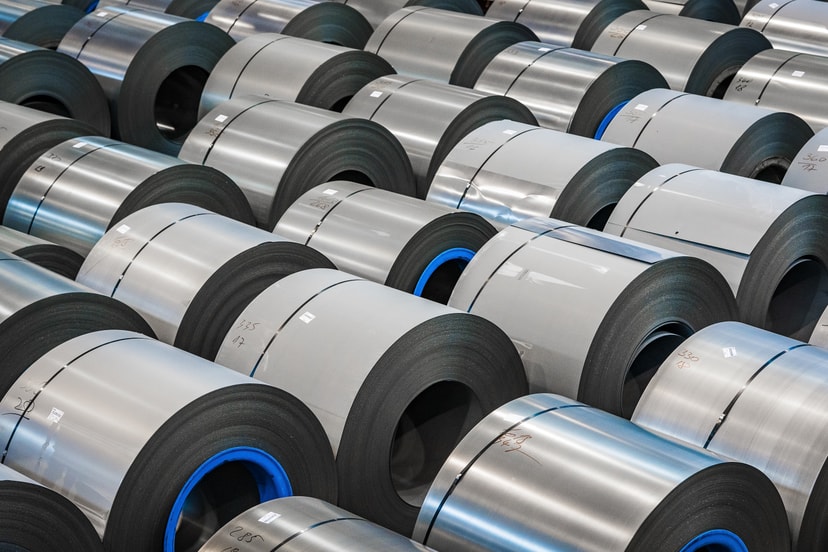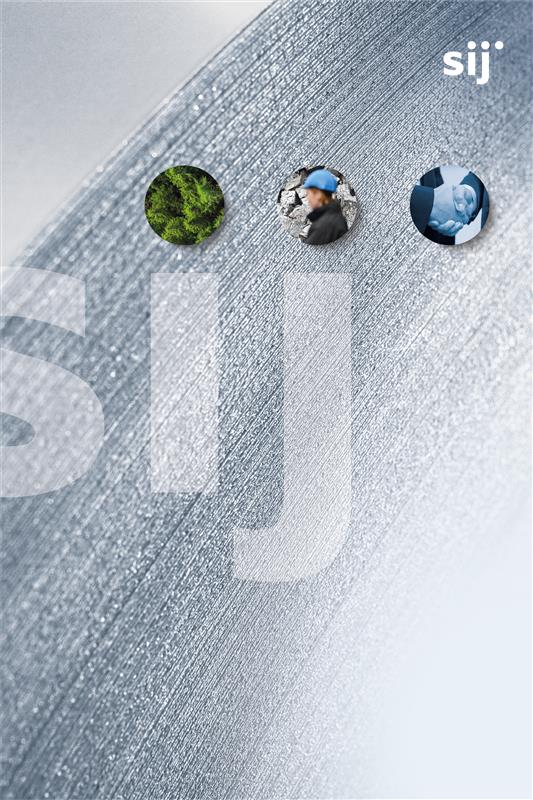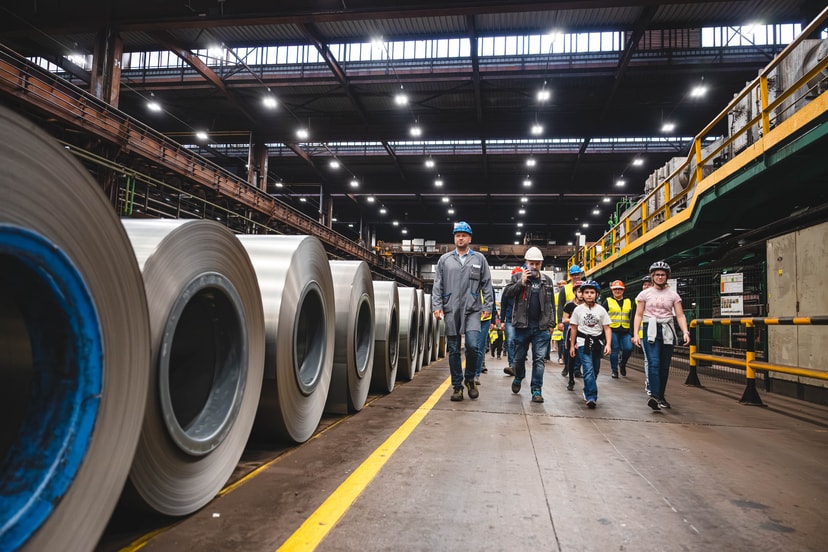Since 2010, SIJ Acroni, a leading steel producer, and Hidria, one of the leading providers of sustainable automotive and industrial technologies, have cultivated a collaborative partnership. This partnership exemplifies innovation, efficiency, and environmental stewardship in the production and application of electrical steel. Through the supply of SIJ Acroni’s SIWATT non-oriented electrical steel and the efficient recycling of steel waste, the two companies demonstrate how industrial collaboration can drive sustainable practices.
SIWATT Electrical Steel: A High-Performance Material
SIWATT, a non-oriented electrical steel produced by SIJ Acroni, is needed for transmitting electrical energy and enables the comforts of modern life in an economical and increasingly eco-friendly way. Thanks to its excellent magnetizing properties and low core losses SIWATT is the perfect material for the production, conversion, and use of electricity. And the driving force behind green mobility.
SIJ Acroni supplies Hidria with SIWATT steel in the form of steel coils with dimensions of 1000 mm width and 1300 mm diameter. Hidria utilizes these coils to manufacture laminations – in a rapid-stamping process by forming electrical steel with a thickness of between 0.3 and 1 mm. These laminations form the core of stator and rotor packages, which are integral to electric motors used across industries, including automotive, aerospace, medical technology, and energy supplies.
Hidria’s electrical steel laminations are used in various segments of the automotive industry – for example, for drive motors for electric and hybrid vehicles, steering systems, pumps, heating, cooling and air conditioning systems.




.jpg&w=828&q=90)
